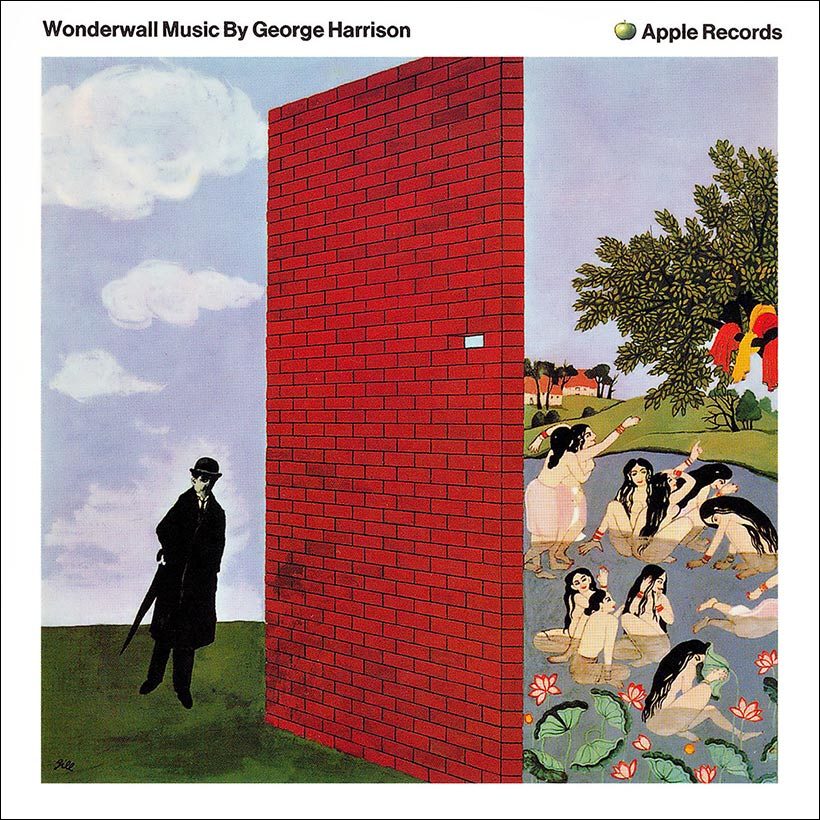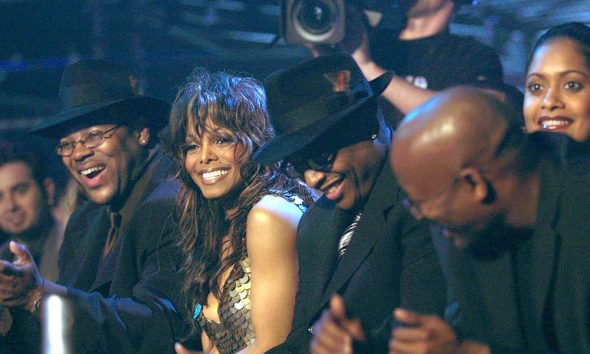George Harrison – Wonderwall Music
The first solo album by a member of the Beatles, George Harrison’s ‘Wonderwall Music’ was heavily influenced by Ravi Shankar and The Byrds.

George Harrison’s interest in Indian music began in 1965. He can be heard playing a sitar on “Norwegian Wood (This Bird Has Flown)” which was recorded in December of that year. George’s interest in the sitar had been aroused while The Beatles were filming Help! in which they shot a scene in an Indian restaurant. Shortly after the filming was completed, and while the Beatles were in Los Angeles for their American tour, George met the Byrds who urged him to listen to an album by Ravi Shankar called Portrait of a Genius. According to George, “I put it on and it hit a certain spot in me that I can’t explain, but it seemed very familiar to me.”
Later George met Shankar in London and in mid-September 1966 he flew to Bombay where he stayed at the Taj Mahal hotel and spent most of the next month taking sitar lessons from the Indian master musician. In March 1967, George, and four Indian musicians from the London Asian Music Circle, recorded “Within You, Without You” that featured on Sgt Pepper’s Lonely Hearts Club Band.
Wonderwall Music can be bought here.
Late in 1967, film director, Joe Massot, who had met the Beatles on the set of Help! asked George if he would compose the music to a film he was making that was to be called, Wonderwall. Massot originally wanted the Bee Gees to compose the music for his film about a lonely professor, played by Irish actor Jack McGowan, who catches sight of and then becomes obsessed by his beautiful neighbor, a Vogue model by the name of Penny Lane, played by Jane Birkin.
Given complete artistic freedom to compose whatever he wanted, George grabbed the chance to further educate western audiences about Indian music. He wrote for various Indian instruments, including the oboe-like shehnai, the sarod, similar to a lute, the santoor, a type of hammered dulcimer with up to 100 strings, and naturally the sitar. He also wrote more traditional rock and pop-based music to complete the soundtrack. George collaborated with John Barham, a classically trained pianist and musical arranger, who transcribed what Harrison sang to him; like George, Barham also had a love of Indian classical music. According to George, “I had a regular wind-up stopwatch and I watched the film to ‘spot-in’ the music with the watch. I wrote the timings down in my book, and then I’d go to [the recording studio], make up a piece, and record it.”
The studio was Abbey Road, and the recording of Wonderwall Music began on November 22, 1967, with some additional sessions at De Lane Lea Studios, also in London. In January 1968 George went to Bombay and recorded the remainder of the Indian music at HMV Studios. The Indian studio was somewhat primitive, compared to London, and on some tracks, including “In the Park,” you can faintly hear traffic noise from the street below.
While he was in Bombay, George also recorded the backing track to “The Inner Light,” which became the B-side of The Beatles’ single, “Lady Madonna.” Returning to England for final overdubbing, everything for the soundtrack album was completed by February 15, when George and John Lennon, along with their wives went to India for a transcendental meditation course with Maharishi Mahesh Yogi.
Besides the Indian musicians and John Barham, the principal Western musicians on the soundtrack were a Liverpool band named the Remo Four that was also managed by Brian Epstein. The quartet was guitarist, Colin Manley, Tony Ashton on keyboards, Phillip Rogers on bass, and drummer, Roy Dyke; Manley was a classmate of Paul McCartney at school. Ashton and Dyke would later join forces with guitarist Kim Gardner, who had been in The Creation and then The Birds with Ronnie Wood, to form Ashton, Gardner and Dyke. Later still in 1977, Ashton joined with Ian Paice and Jon Lord after the breakup of Deep Purple, to form Paice Ashton Lord.
Both Ringo Starr and Eric Clapton play on “Ski-ing,” while Peter Tork of the Monkees, plays the banjo. Eric Clapton, who plays the fuzzy blues guitar riff on the track was still in Cream and his involvement with the project was his first with George – although there would, of course, be many more. Harmonica player Tommy Reilly, best known for playing theme tune to BBC television’s Dixon of Dock Green, made up the contingent of Western musicians.
George attended the premiere of Wonderwall at the Cannes Film Festival on May 17, 1968. After the film’s producers failed to purchase the rights to the soundtrack, George released Wonderwall Music through Apple on November 1, 1968. It became The Beatles’ new label’s first album release, as well as the first solo album by a member of the Beatles.













John King
November 17, 2021 at 2:47 am
The Mono version was released in Britain in1968, and from what I heard on YouTube, there were subtle differences between it and the stereo version. Is there any way to get a CDr copy of the mono version? The rarity vinyl copies still available cost half a thousand Canadian bucks!
Dan D. Lyon
October 26, 2022 at 5:52 am
I only bought it because it’s rare and I knew it would be a collector’s item. It’s not really an album of songs, it’s more instrumental noodling.